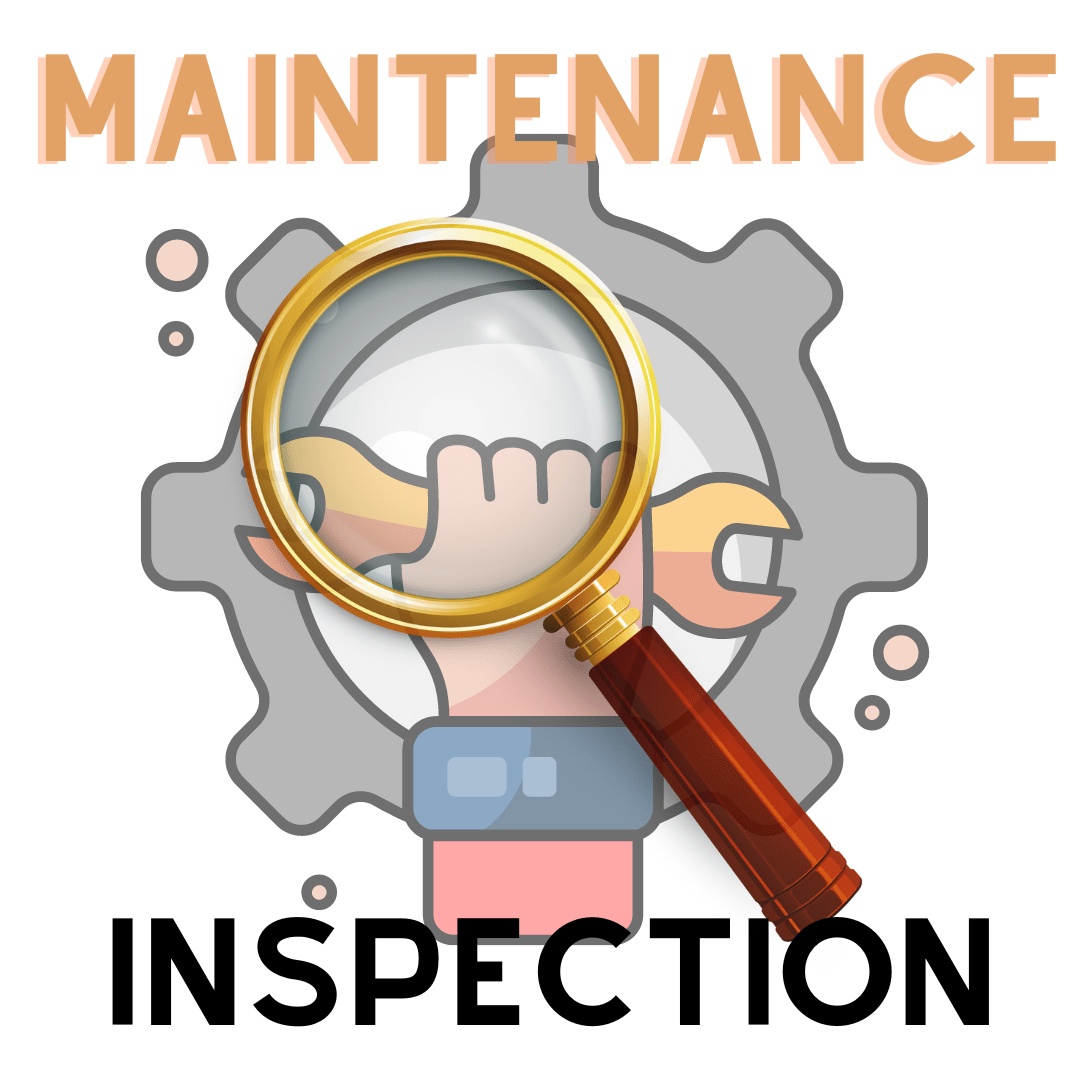
In the realm of life-saving devices, few hold as much significance as Automated External Defibrillators (AEDs). These portable devices are designed to administer an electric shock to the heart in cases of sudden cardiac arrest, potentially saving precious moments and lives. However, like any tool, they require careful maintenance and regular inspection to ensure they function optimally when the moment calls.
The American Heart Association (AHA) lays down stringent standards for AED maintenance and inspection to uphold device safety and efficacy. Let's delve into what these standards entail and why they're crucial for maintaining the reliability of these life-saving devices.
Understanding AHA Standards:
AED maintenance isn't merely a box to tick off a list—it's a critical component of ensuring the device is primed for action when needed most. The AHA's standards encompass various aspects, from routine checks to more in-depth inspections.
Regular Inspections:
Routine inspections serve as the frontline defense against potential malfunctions. These checks typically involve ensuring the device's exterior is free of damage, verifying the status indicator lights, and confirming the presence of essential accessories such as electrode pads and batteries. Think of it as giving your car a quick once-over before hitting the road—it's all about preemptive measures.
Battery and Pad Expiry:
AED batteries and electrode pads have finite lifespans, making it imperative to monitor their expiration dates diligently. The AHA recommends replacing batteries and pads before they reach their expiry to guarantee optimal performance. After all, you wouldn't want to find yourself with a flat tire when you need it most!
Software Updates:
Just like your smartphone, AEDs benefit from periodic software updates. These updates often include enhancements to device functionality and may address potential vulnerabilities. Keeping your AED's software up to date ensures it remains at the forefront of technological advancements in cardiac care.
Training and Certification:
AED maintenance isn't solely about tinkering with hardware—it's also about ensuring those who operate the device are adequately trained. The AHA emphasizes the importance of CPR and AED training for individuals tasked with using these devices. Proper training not only enhances efficacy but also instills confidence in responders during high-stress situations.
The Bottom Line:
Adhering to AHA standards for AED maintenance and inspection isn't just a matter of compliance—it's about safeguarding lives. By investing time and resources into proper upkeep, you're not only ensuring the readiness of your AED but also maximizing its potential to make a life-saving difference.
So, whether you're a healthcare provider, a business owner, or a concerned citizen, remember: maintaining your AED isn't just a responsibility; it's a commitment to saving lives.
Looking to partner with a reputable training center to ensure your team is well-prepared? Consider exploring options with CPR Classes Near Me Houston. After all, when it comes to cardiac care, preparation is key.
Keep those hearts beating strong!
[Note: The mention of CPR Classes Near Me is intended to provide a helpful resource for readers seeking further training options, rather than a promotional push.]


No comments yet